Okjeong (옥정)
12.8Km 2021-03-19
18, Insadong, 12-gil, Jongro-gu, Seoul
+82-2-733-5412
A traditional Korean restaurant serving hanjeongsik (Korean table d'hôte) for 30 years now. The representative menu is Korean table d''hote. This is a Korean cuisine located in Insa-dong, Seoul.
Nuri (누리)
12.8Km 2019-11-26
23, Insadong 14-gil, Jongno-gu, Seoul
+82-2-736-7848
Located in the neighborhood of Insa-dong, traditional Korean lunch box and tea restaurant Nuri brings out the true beauty of hanok while implementing western dining culture with tables and chairs.
Nuri uses the finest grains directly from agricultural regions throughout the country, offering nutritious rice along with mildly seasoned side dish menus, taking advantage of the ingredients' natural flavors. Nuri uses its effective take-out and delivery system to cater to businesses and events.
Insadong Geujip (인사동그집)
12.8Km 2020-04-24
3, Insadong 12-gil, Jongno-gu, Seoul
+82-2-737-0575
Insadong Geujip, located in the famous neighbourhood of Insadong, is a Korean fusion restaurant that is particularly well known for its traditional, yet unique interior. Along with “Insadong Seafood Rice,” and “Insadong Geujip On Rice”, diners can find a range of delicacies including Hanbang
Bossam (Herbal Napa Wraps with Pork), Savory Seafood & Spring Onion Pancake, and Kimchi Parae Pancake on the menu.
The restaurant's specialty, Geujip On Rice, a sort of Bibimbab made with a variety of seafood, vegetables and edible flowers and mixed together with rice and a red pepper paste called gochujang. The basic serving size is large enough to feed two.
The restaurant is housed in an old hanok (Korean traditional house) and has been carefully renovated to preserve the house’s traditional feel. Indoor lights wrapped with hanji, Korean traditional paper, shine a soft glow over the entire dining area and add to the overall ambience.
Jirisan Restaurant (지리산)
12.8Km 2019-08-01
30, Insadong 14-gil, Jongno-gu, Seoul
+82-2-723-4696
Jirisan is one of the representative Korean restaurants in Insa-dong, an area known for its traditional culture. One of the trademarks of this restaurant, besides its amazingly delectable bean and tofu dishes, is a wooden sign that welcome guests into a neat and cozy interior.
Each day, fresh beans are ground at the restaurant to prepare dishes such as soybean paste, soft tofu, and bean-curd tofu stew. Bean-curds are prepared by using seawater, which gives the tofu a unique flavor. The fresh and clean taste of the tofu is one of the many reasons that choosey tofu aficionados flock to the restaurant.
Not just limited to tofu, Jirisan presents customers with a full-range of side dishes such as kimchi, japchae (glass noodles with sautéed vegetables), cucumber kimchi, seasoned seaweed, braised lotus roots, roasted yellow corbinas (a type of fish), leafy greens, bean-curd stew, and more. The restaurant gives visitors a chance to experience a hearty traditional Korean-style meal, but has thoughtfully toned down its seasonings to appeal to a wider audience (particularly those not used to spicy foods).
One of the recommended menu items is the Jirisan set meal, which offers diners the chance to sample foods that are popular in the Jirisan region. Adventurous diners may want to try the sea urchin soup or dried Pollack soup.
The restaurant, originally a traditional Korean house, has been modified over the years to better suit the needs of its customers. The walls surrounding the structure were removed and a glass ceiling was installed to allow guests to enjoy the natural light of the sun as they sample some of the area’s best traditional Korean cuisine.
Seokjeonangmu (Seokjeondaeje) (석전악무)
12.8Km 2016-09-05
53, Myeongnyun3-ga, Jongno-gu, Seoul-si
• Centre d'appels 1330 : +82-2-1330 (coréen, anglais, japonais, chinois) • For more info: +82-2-760-1472
Le Seokjeondaeje est une cérémonie à la mémoire de Confucius qui a évolué au fil du temps à Sungkyunkwan, la plus haute institution éducative de la fin de la dynastie Goryeo et de la dynastie Joseon. Cette cérémonie commémorative a été désignée Important bien culturel immatériel n° 85.
La version actuelle simplifiée du Seokjeondaeje s’appelle le « Seokjeonangmu ». La cérémonie contient de nombreux éléments fondamentaux du Seokjeondaeje. C’est un rituel traditionnel du Munmyo (sanctuaire de Confucius) qui rend hommage aux grands lettrés confucéens, de même qu’au philosophe chinois Confucius. Le cérémonial décrit le principe confucéen du « Ye » entre le professeur et l’étudiant au moyen de la musique et de la danse.
Le Seokjeondaeje / Seokjeonangmu est composé de plusieurs spectacles, incluant le « Taepungmu » (Bien culturel immatériel national n° 92), le « Cheonjiui Sori » (le son de la terre et du ciel) et le « Hangmun » (apprentissage). Le « Hangmun » dépeint la manière dont les habitudes savantes établissent le « Ye » (standards éthiques du confucianisme), et comment la bonne musique complète un solide apprentissage, qui mène finalement à un monde en paix.
Le Munmyoilmu est un spectacle de danse rendant hommage aux grands professeurs qui ont appliqué les enseignements de Confucius. Il se divise en deux parties : le « Munmu », qui est une danse symbolisant la vertu du savoir, et le « Mumu », qui décrit la vertu des arts martiaux. Le premier transmet les concepts de respect et d’honnêteté à travers la danse, et le second consiste en des mouvements d’arts martiaux défensifs et offensifs.
Libuk Sonmandu (리북손만두)
12.8Km 2019-08-28
17-13, Mugyo-ro, Jung-gu, Seoul
+82-2-776-7361
Libuk Sonmandu restaurant is located deep in the alleys behind Seoul City Hall in the Mugyo-dong area. It is famous for kimchimari bap and sonmandu (handmade dumplings). Kimchimaribap is rice in a soup of kimchi and ice cubes with various added flavorings that originated in North Korea. This is a refreshing dish for summer. Other items on the menu are bindaetteok (mung bean pancake) and mandu jeongol (dumpling hot pot).
Nwijo(뉘조)
12.8Km 2024-12-11
27, Insadong 14-gil, Jongno-gu, Seoul
+82-2-730-9311
Nwijo (뉘조) is a Korean restaurant specializing in wild vegetable cuisine. The name ‘Nwijo’ means ‘the god of the silkworm,’ and likens wild vegetables to silkworms in that both can be eaten in their entirety. The restaurant serves original full-course Korean meals that are prepared using hundreds of kinds of wild vegetables, including special seasonal vegetables.
A typical full-course meal starts with delicious pumpkin porridge, followed by seasoned wild vegetables, root vegetable ssam (condiments wrapped in vegetable leaves), slices of boiled meat, and steamed lotus leaf-wrapped rice served with jjigae (Korean stew) and various side dishes. This kind of traditional feast is pleasing to both the eye and the palate and is topped off with sikhye (traditional sweet rice drink). Lunch specials are also available.
Hangukgwan (한국관)
12.8Km 2021-03-18
40, Seonggyungwan-ro, Jongno-gu, Seoul
+82-2-764-6953
A great restaurant for group dinners. The best menu at this restaurant is Grilled Beef Ribs. This is a Korean cuisine located in Jongno-gu, Seoul.
Fondation pour la Promotion de l'Artisanat Coréen (KCPF) (한국공예문화진흥원 공예명품판매관)
12.8Km 2021-03-24
8, Insadong 11-gil, Jongno-gu, Seoul-si
+82-2-733-9041
La Boutique Master Craft expose et vend des objets artisanaux coréens de haute qualité, marqués par le Label d’excellence de l’UNESCO pour les produits artisanaux. Elle possèdes des produits de maitres artisans et artistes renommés ayant à la fois des utilisations pratiques et décoratives.
Projet de circuit artistique et culturel de Séoul (서울문화예술탐방)
12.8Km 2019-01-07
Seoul-si
Lancé en 2007, le projet de circuit artistique et culturel de Séoul est un programme d’expérience culturelle organisé par la Fondation de Séoul pour les arts et la culture. Les circuits ont lieu du jeudi au samedi, les deuxième et quatrième samedis du mois d’avril à octobre.
Les participants se réunissent sur la place en face de l’hôtel de ville de Séoul vers 10h30 pour prendre le bus affrété par la Fondation de Séoul pour les arts et la culture. Le programme offre diverses excursions sur des thèmes variés : art, théâtre, littérature, architecture et design. En semaine, de nombreuses femmes au foyer s’inscrivent au programme pour profiter un peu de leur temps libre alors que leurs enfants sont à l’école. Pendant les week-ends, c’est l’occasions parfaite pour les familles, les couples et les touristes internationaux de visiter Séoul. Ce programme gratuit permet ainsi aux participants de visiter quelques endroits de Séoul et de découvrir ce qui fait que ces lieux sont les fleurons de la capitale.
Les personnes intéressées pour participer doivent effectuer une réservation en téléphonant à la Fondation de Séoul pour les arts et la culture ou en visitant le site internet.
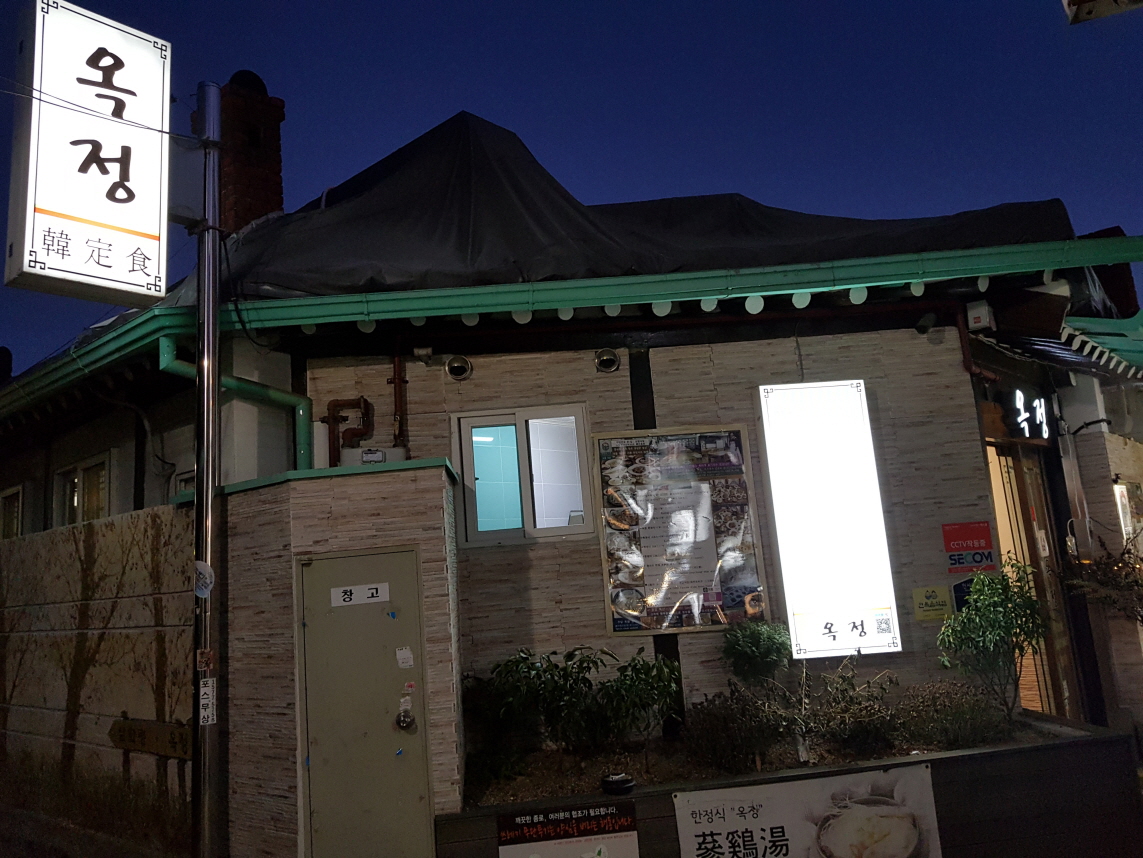
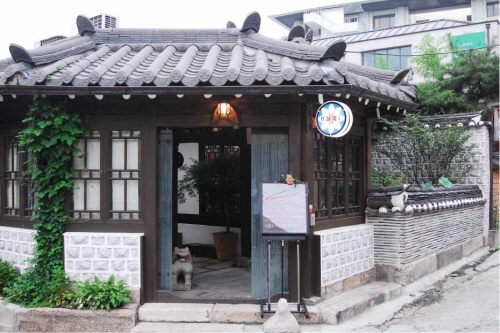
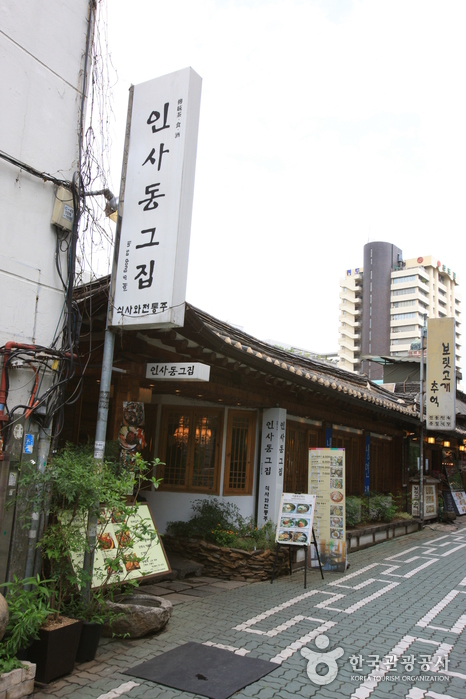
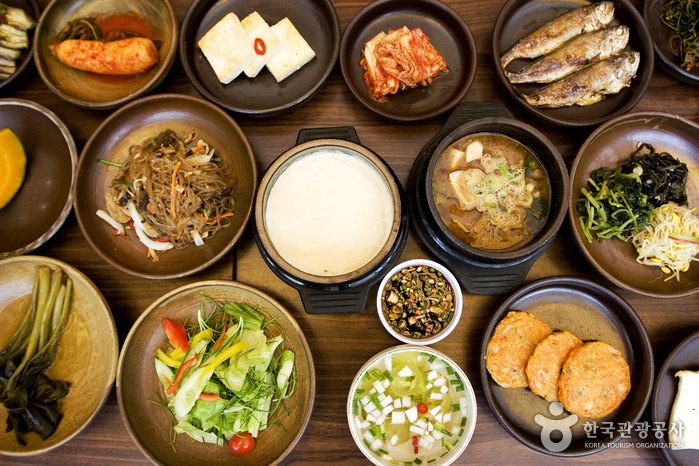

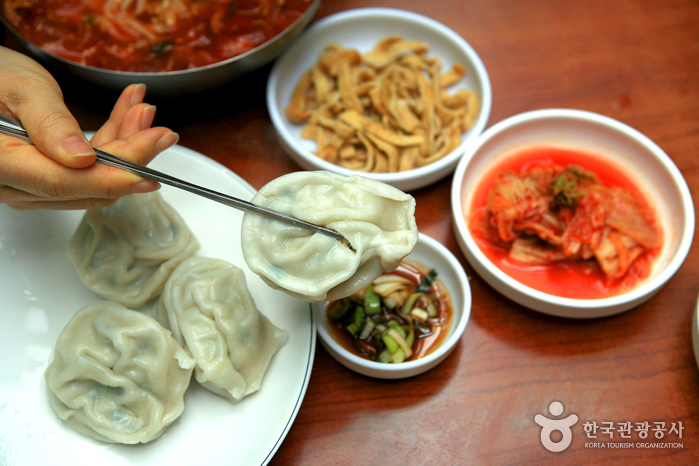
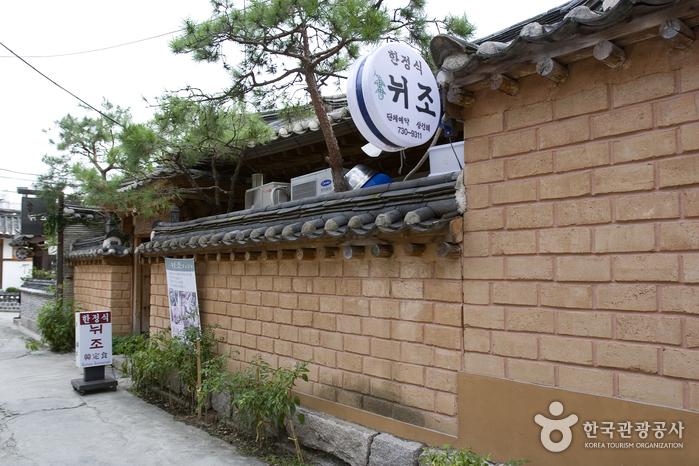
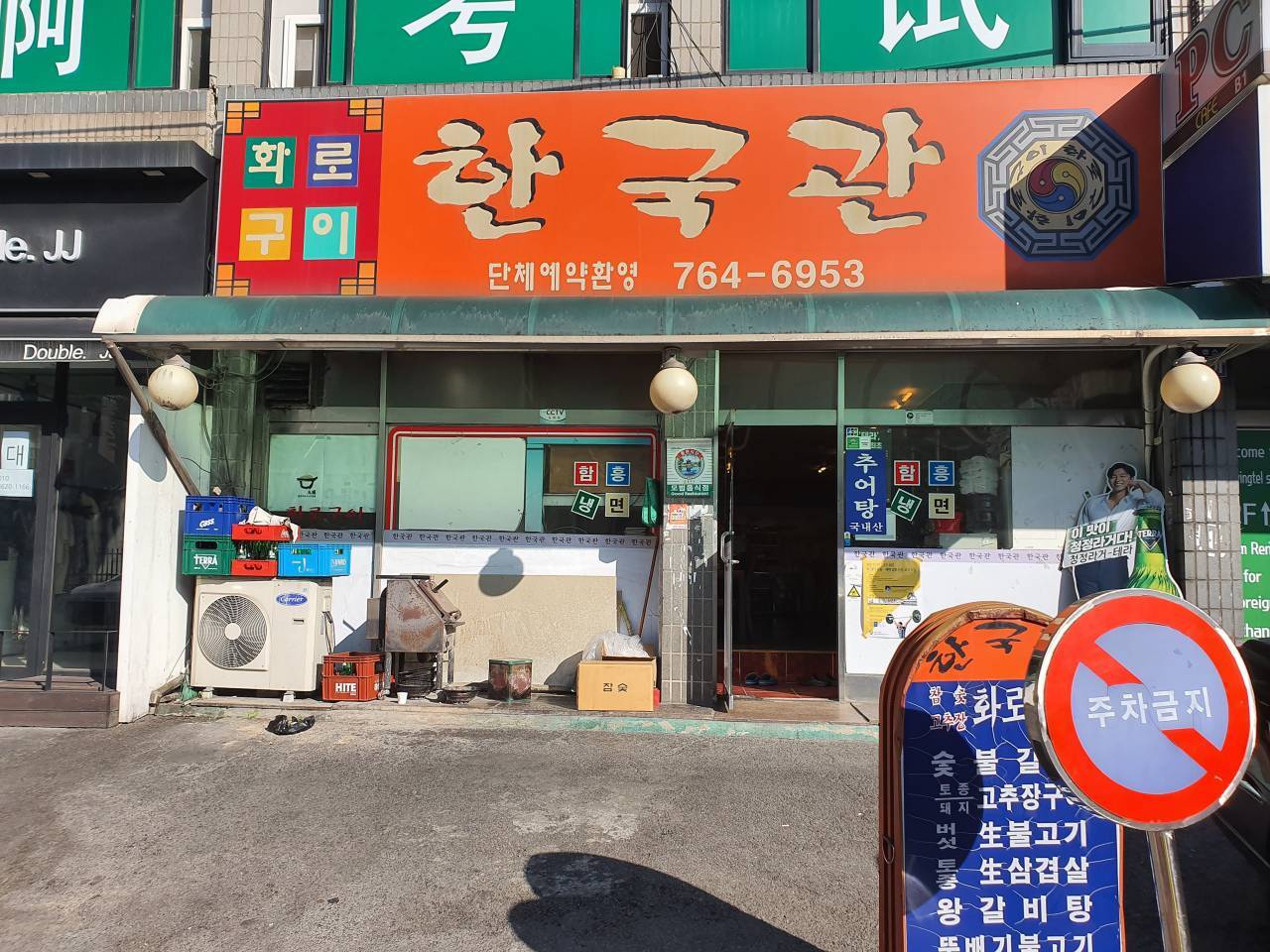
 Français
Français
 한국어
한국어 English
English 日本語
日本語 中文(简体)
中文(简体) Deutsch
Deutsch Español
Español Русский
Русский